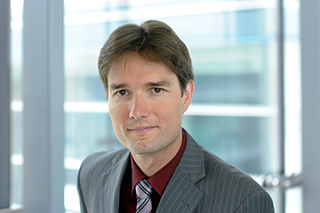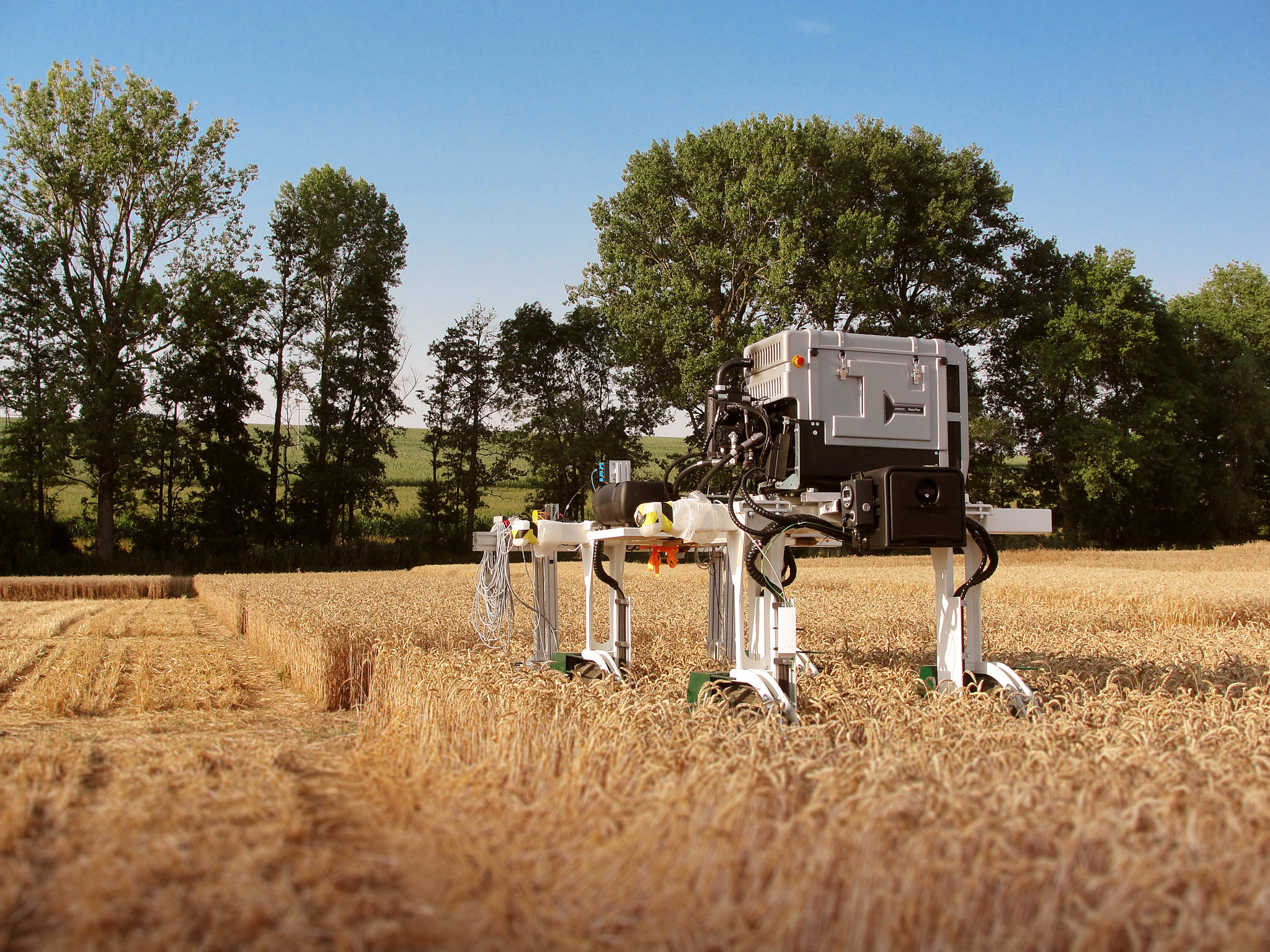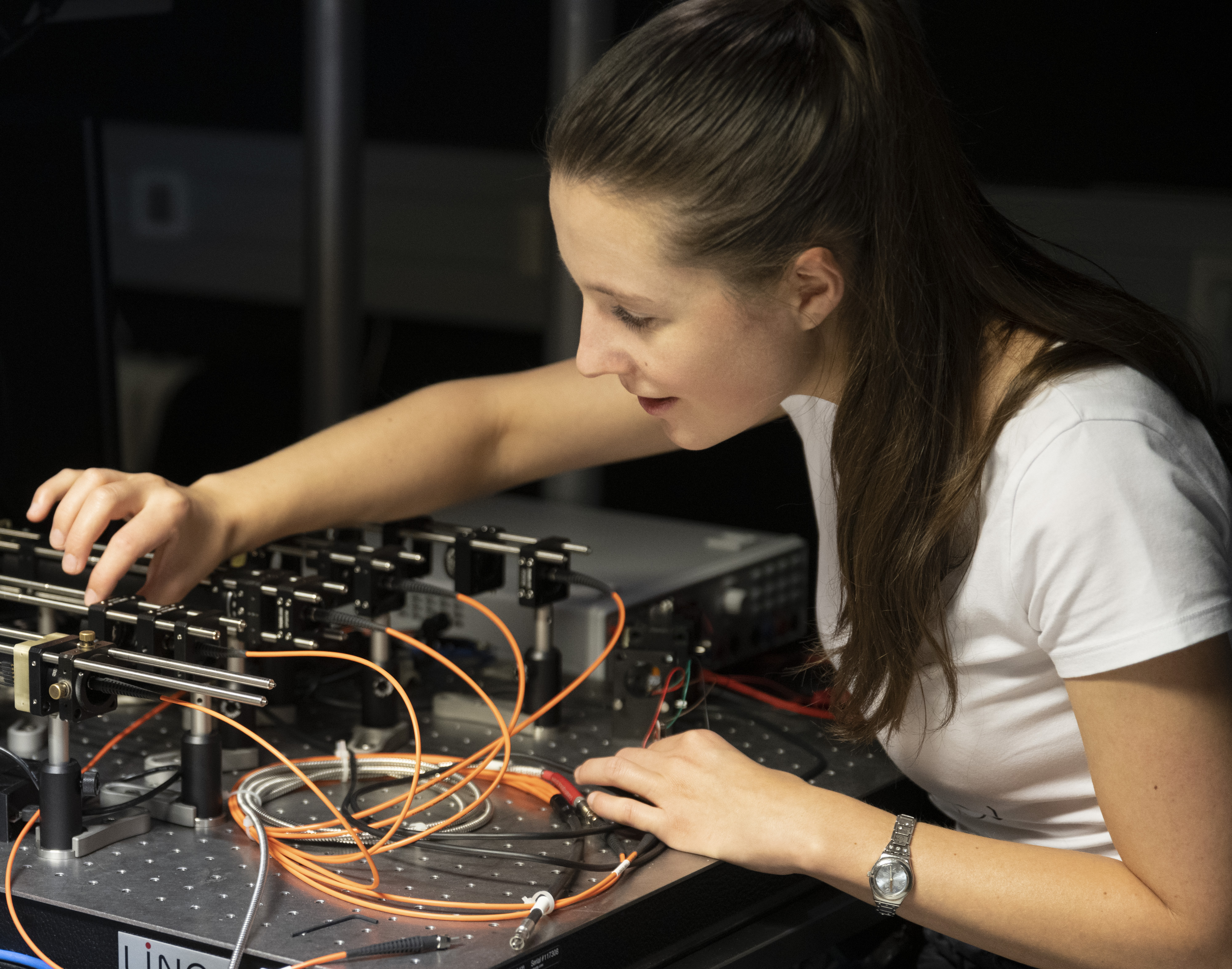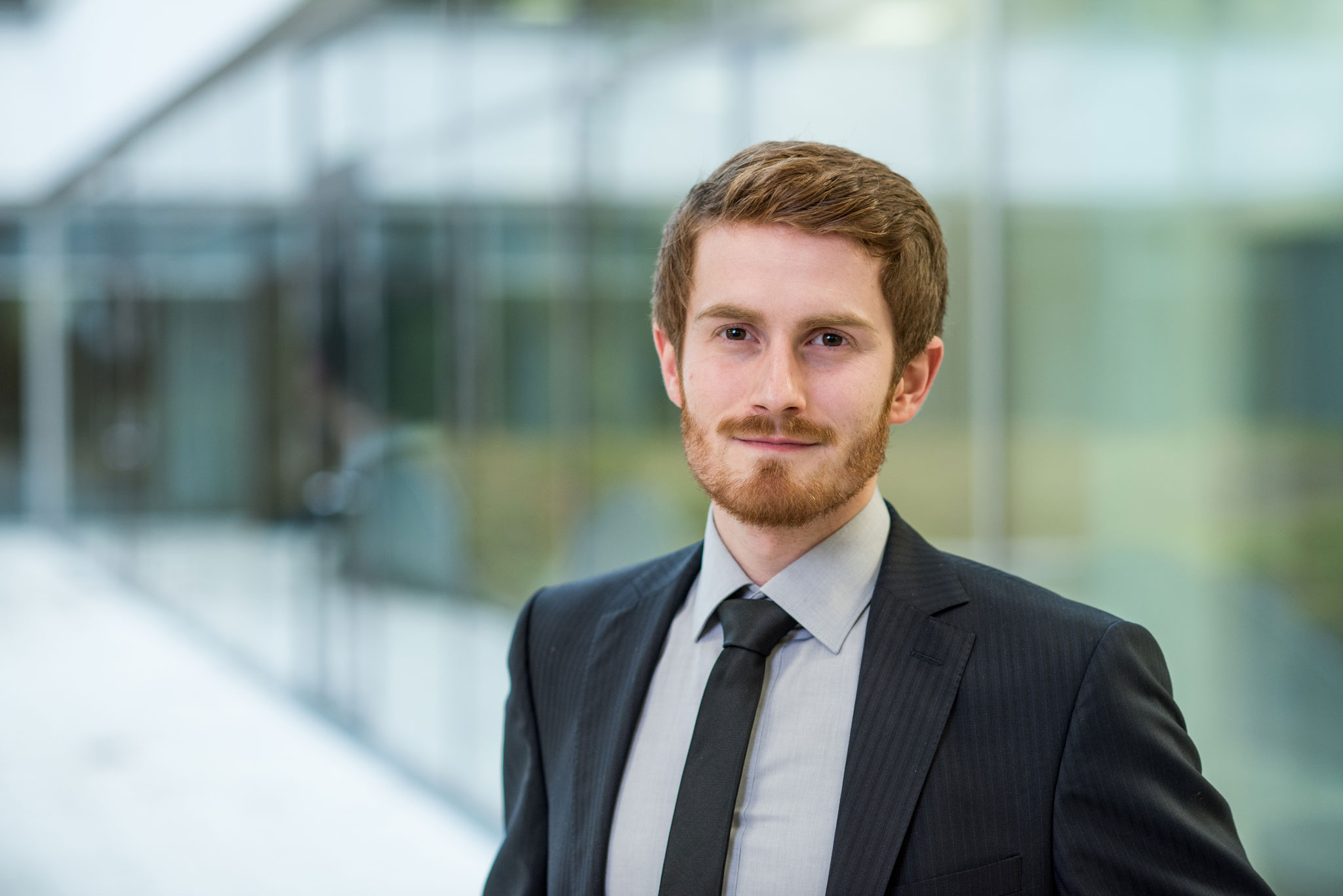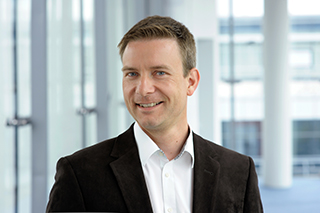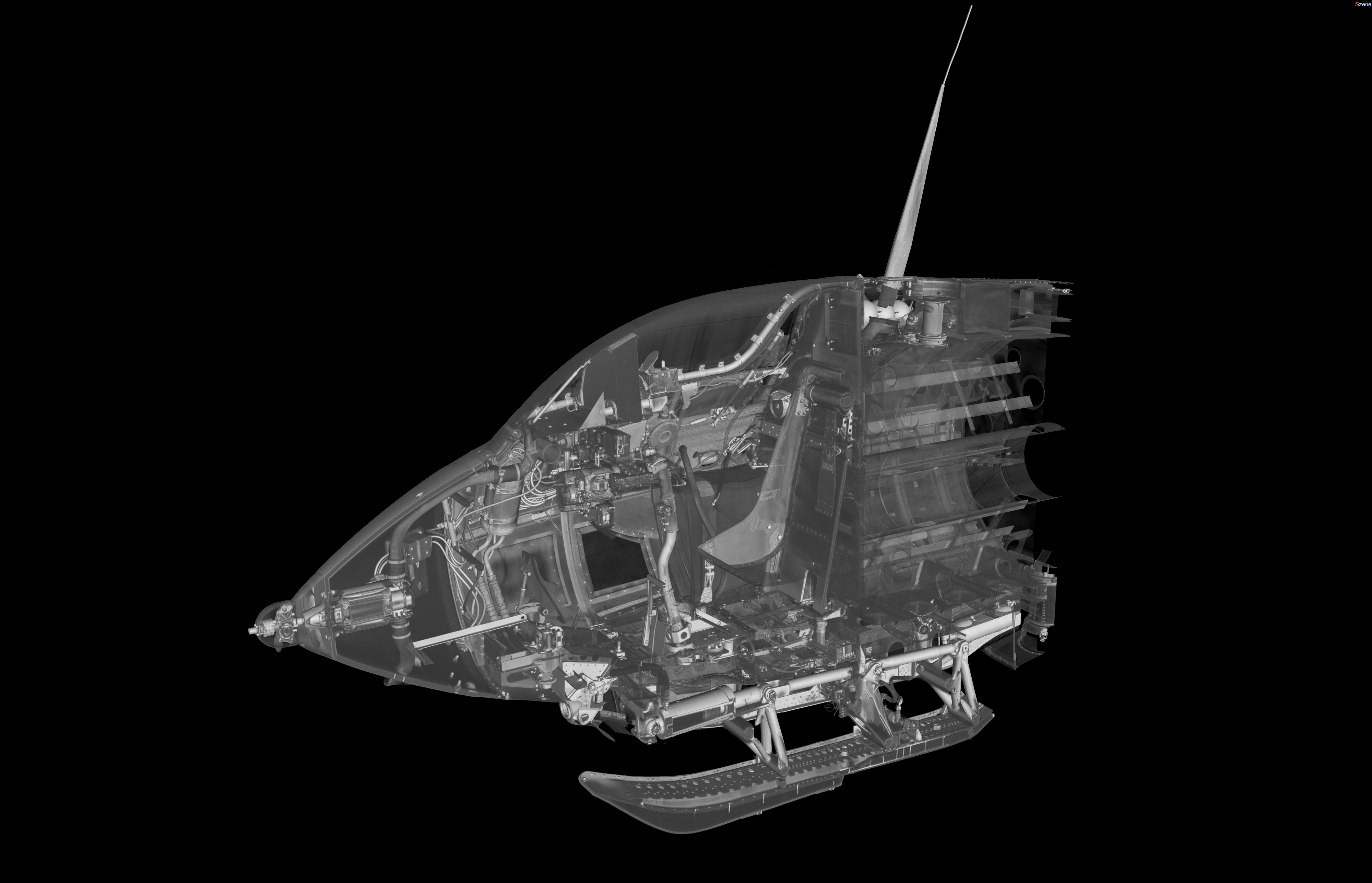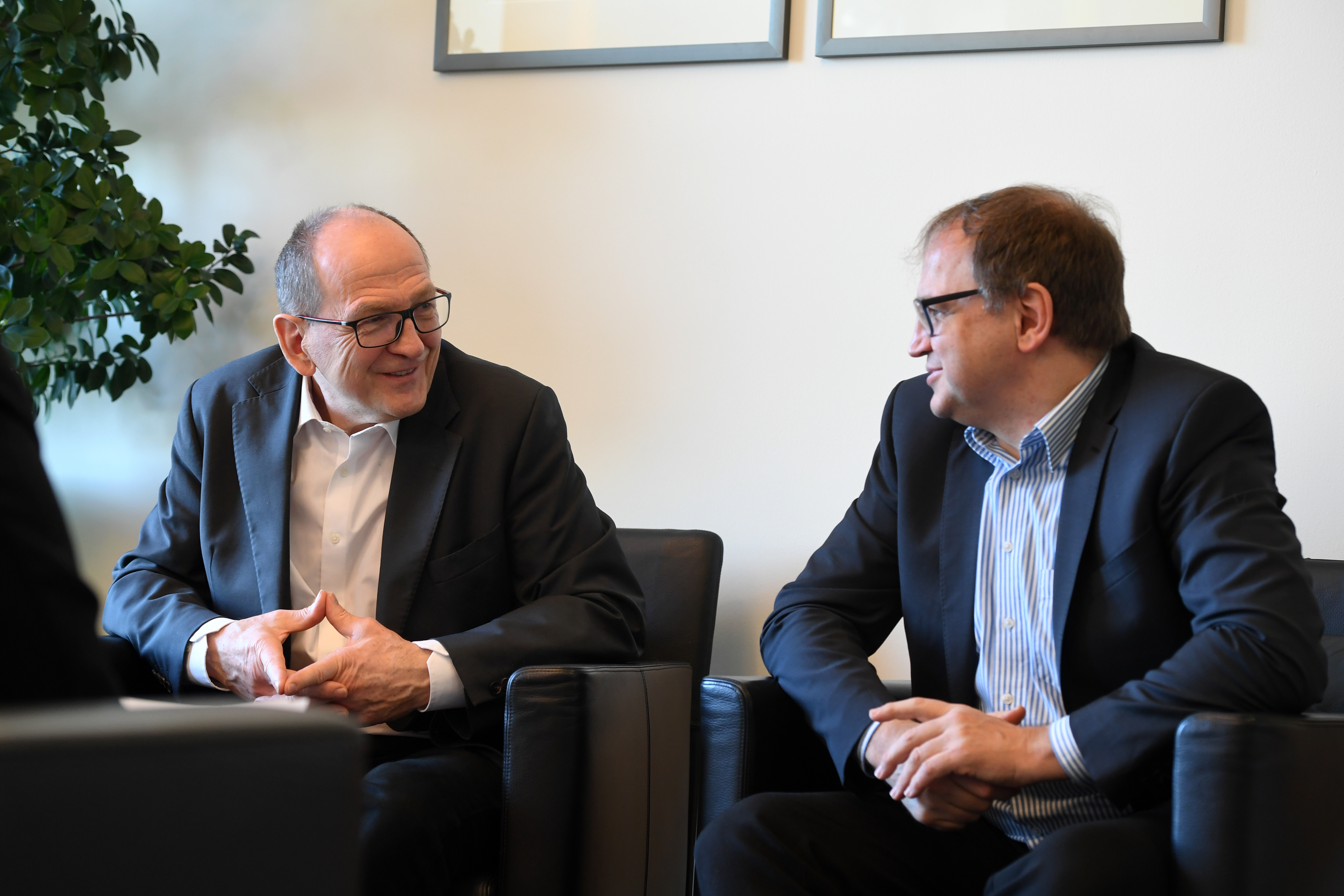A vision for hydrogen: Interview with Dr. Tassilo Schuster and Karlheinz Ronge
Series: Hydrogen / March 28, 2023

Hydrogen is one of the beacons of hope in the fight against climate change, and it is also a promising business model for companies. Fraunhofer IIS has thorough methodological expertise in various application areas of the hydrogen economy. Now the city of Nuremberg, in collaboration with Fraunhofer IIS, is publishing a study on the prospects for the hydrogen economy in the region. To mark the occasion, we interviewed Dr. Tassilo Schuster, Senior Scientist Innovation and Transformation, and Karlheinz Ronge, who heads the Distributed Systems and Security department, about what the future holds for this energy source.










